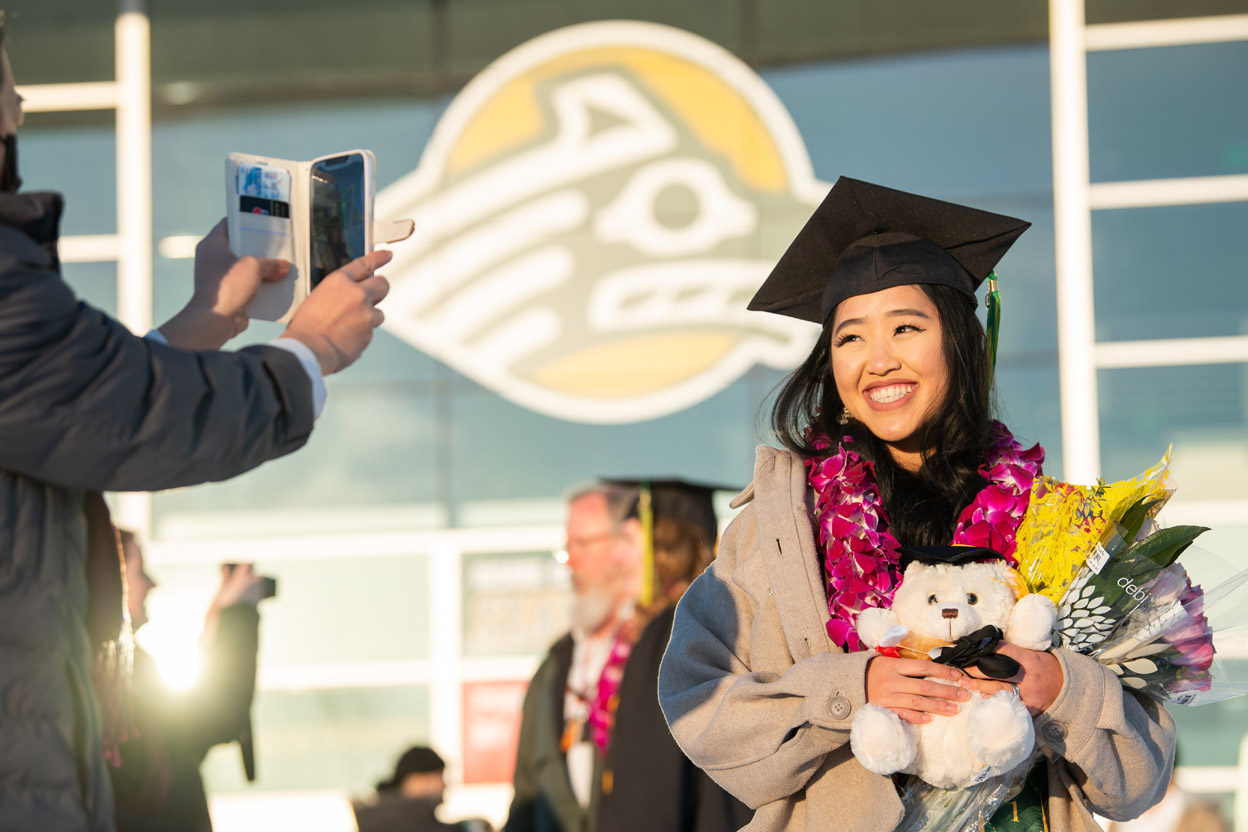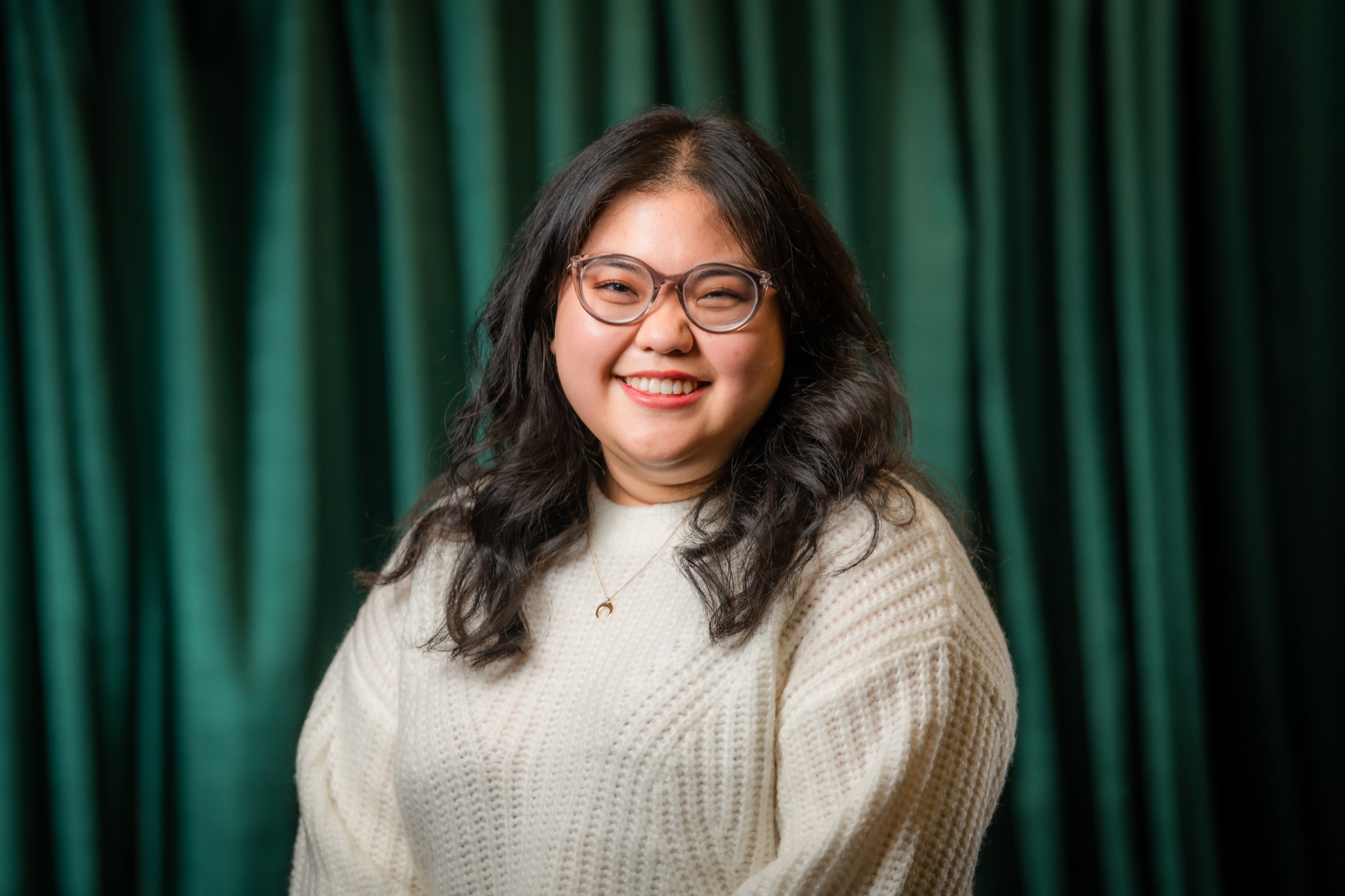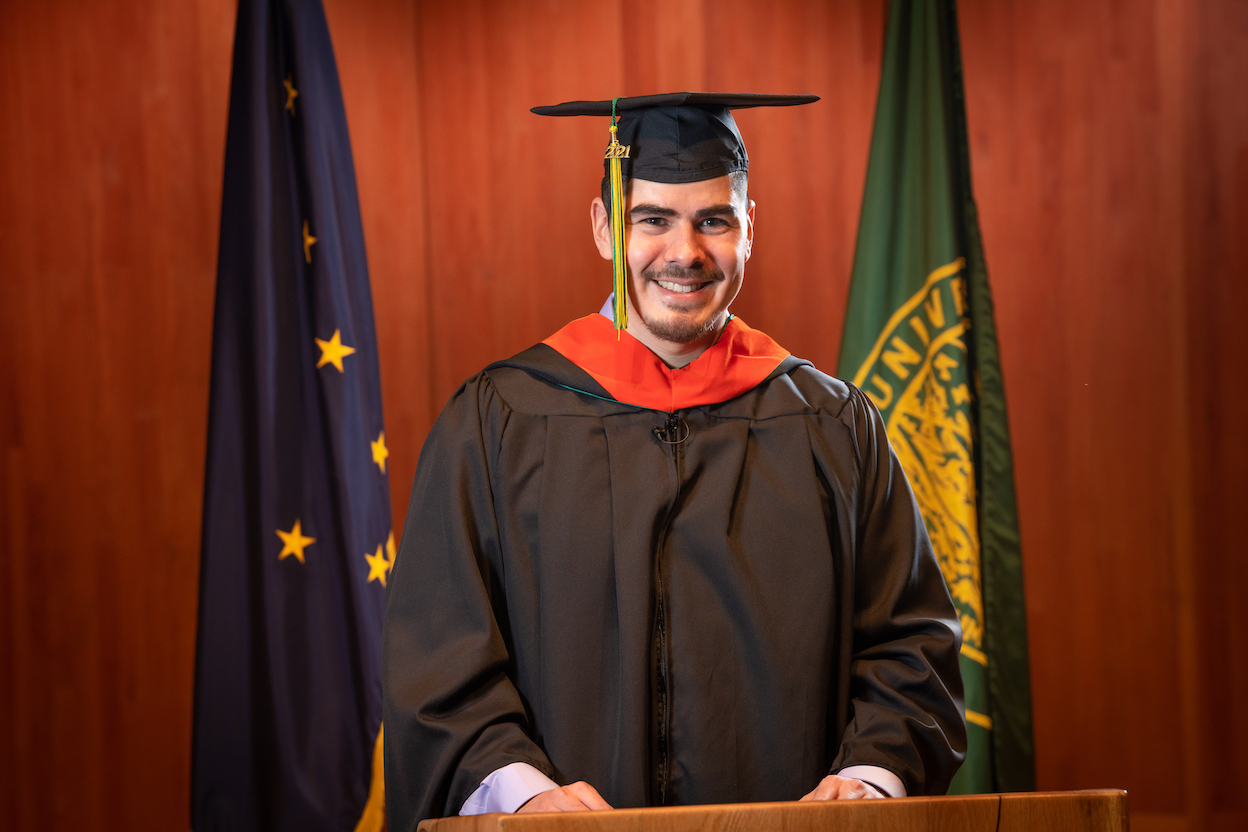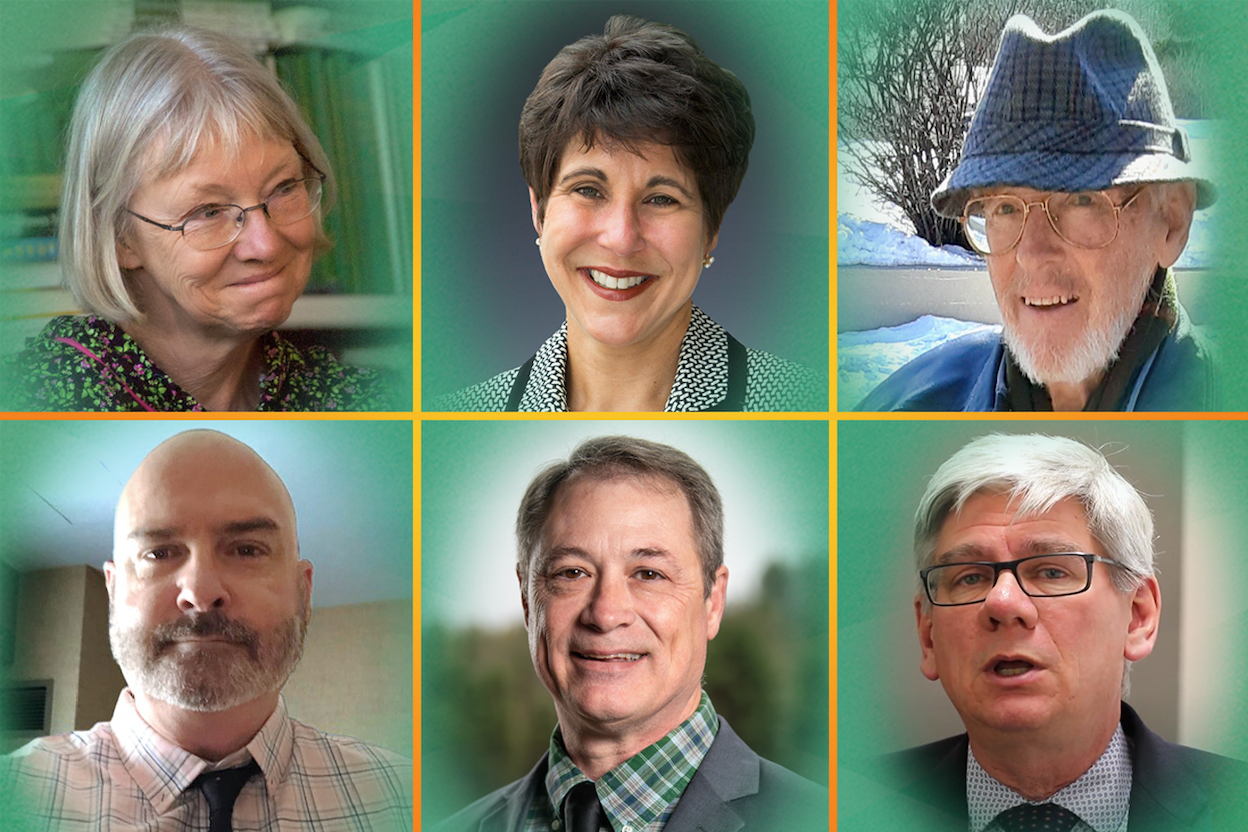Creating community for female veterans
by Catalina Myers |
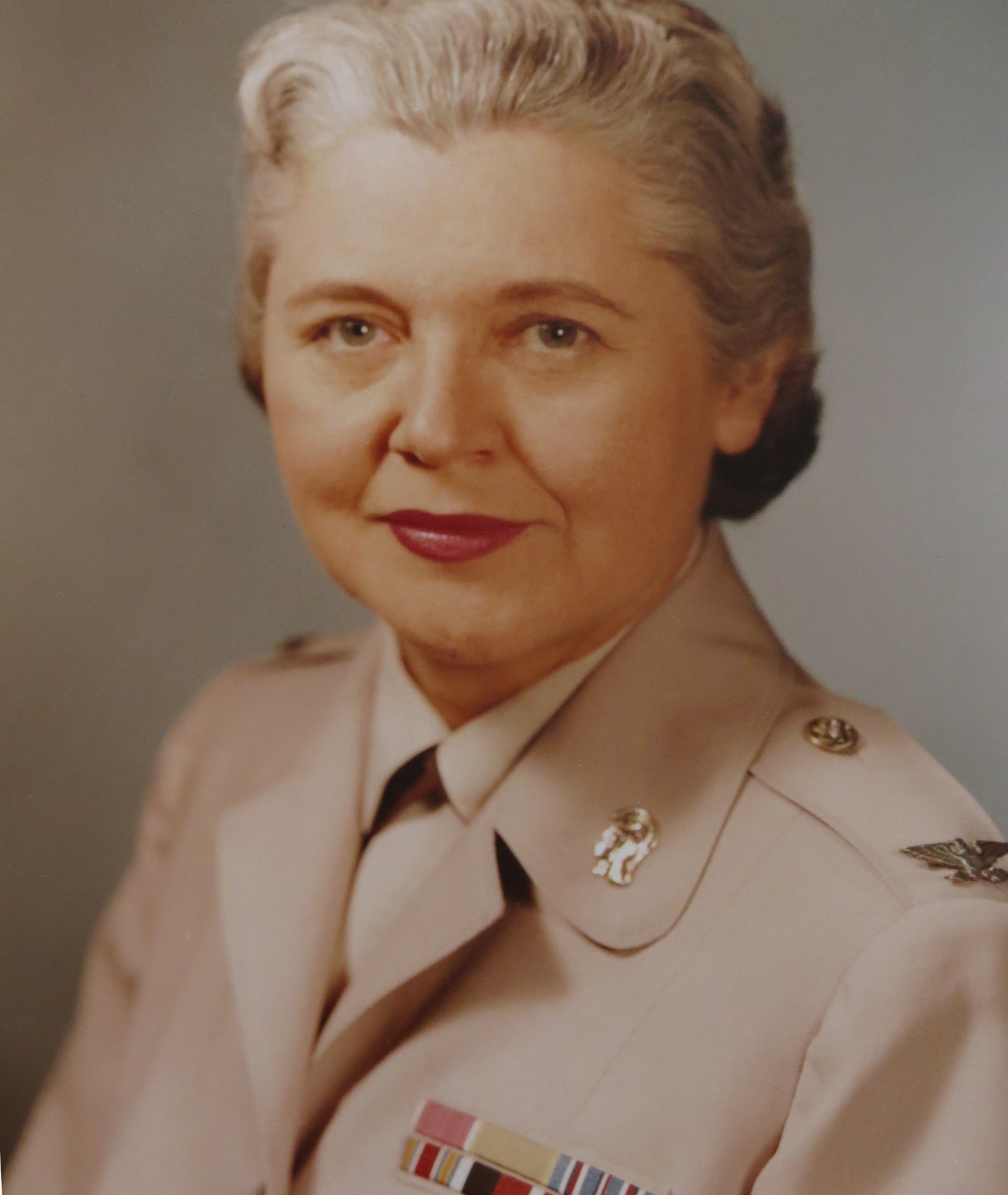
In 1957, President Dwight Eisenhower appointed Mary Louise Milligan as the newly created Women’s Army Corps director after serving in and ascending the Army’s ranks during World War II. Milligan was reappointed to the director position in 1961 by President John F. Kennedy, serving until she married Elmer E. Rasmuson and made the cross-country trek to Alaska.
While most know Rasmuson for her extraordinary philanthropy and the many structures, organizations and foundations that hold her and her husband's namesake, what many don’t know about Mary Louise was her incredible contribution to pioneering women’s work and rights in the U.S. military.
She is an inspiration to many, but for Vanessa Meade, assistant professor in UAA’s School of Social Work and Army veteran, Rasmuson holds an extra special place in her heart. Meade is the coordinator for a new community-based project Operation Mary Louise (OML), named after Rasmuson, a woman she greatly admires for her military and leadership service. She hopes the project will shed light on Rasmuson's military contributions and all the women in Alaska who have served.
Established in November 2020, with the support of the Rasmuson Foundation and the Alaska Community Foundation Women Veteran Fund, OML is a community-based project coordinated through UAA with other community-based organizations and federal, state and nonprofit organizations serving veterans in Alaska. The project’s “three-pronged” mission is to increase the visibility of female veterans in Alaska, connect them with existing resources they may not know are available to them and create a community culture for women veterans.
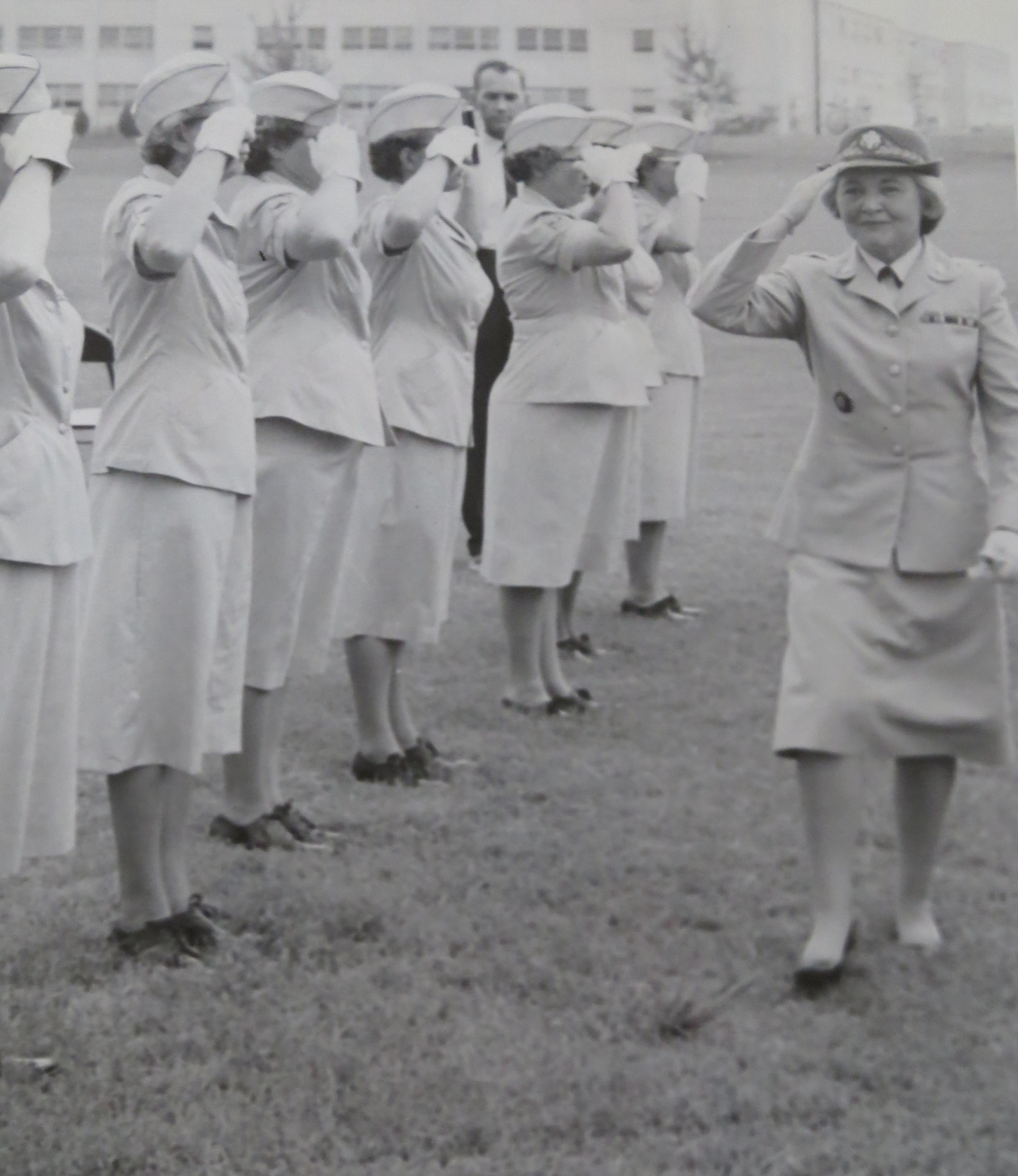
“We want this project to not only educate the public about Mary Louise but also to inform people what women veterans are doing either after military service or even during the time they are serving that people just aren’t aware of,” said Meade of the project. According to Meade, Alaska has the highest number of military veterans per capita in the country, including the highest number of women veterans. Still, less than 3,000 women veterans have signed up for veteran assistance (VA) services. “That’s something we’re really trying to do, connect women to services they’ve earned that they might not know about.”
Although Alaska has the highest number of female veterans per capita, there is very little research on the needs of women veterans in the state. She hopes OML can help fill in the gaps to better grasp the types of support services women veterans want and need.
“There's been a few studies here and there about the kinds of resources people want to use, but there's so little that's been done in Alaska, so we don't even have a really good way to measure how many female veterans live in the state other than those who’ve enrolled in VA services,” Meade said. “What we are really trying to do is to connect with the women who are not connected to the VA, but also to connect them to other resources and learn through their experiences how we as a state can implement better services to help them live more high-quality lives.”
While Meade said that the number of women veterans signing up for services specifically geared toward them is going up, she recognizes that many face challenges after serving and easily slip through the system’s cracks. From returning to school to finish their education to finding employment or housing to health care and mental health services, it can be daunting for women veterans to return to civilian life. She said there is guilt associated with having not seen combat while serving or that women sometimes feel like they don’t qualify for services. Meade hopes to change the narrative but said more research needs to be done to obtain a more accurate number of women veterans in Alaska and pinpoint what services are most needed.
“We need to create more spaces for women veterans in Alaska,” said Meade. She said in the Lower 48 VA’s have clinics and programs specifically for women. The Alaska VA also has women-specific programs and services that many don't know exist. “I think it’s also that many women don’t see themselves as veterans — I know it took me about 20 years before I saw myself as one — many women don’t talk about their military service.”
For Meade, OML is crucial because although it is currently a virtual space, it is a place where women veterans in the state can connect to resources and other women who have served in the military. Although OML is still in its early stages, it’s been well-received and even caught the attention of Paolo Banchero, associate professor in the Department of Journalism & Communications, as a learning opportunity for her capstone students.
Meade said three students joined her for a time on the project to interview five women veterans and put their social media skills to the test by creating online content about OML. Meade said one of the students stayed on after the capstone class concluded to help continue her work over the summer.
“We’re really excited to continue to look at women veterans in Alaska and what their needs are,” said Meade. “We’re also looking forward to working with women veterans at UAA and to connect women veterans across the state with resources.”
 "Creating community for female veterans" is licensed under a Creative Commons Attribution-NonCommercial 4.0 International License.
"Creating community for female veterans" is licensed under a Creative Commons Attribution-NonCommercial 4.0 International License.










